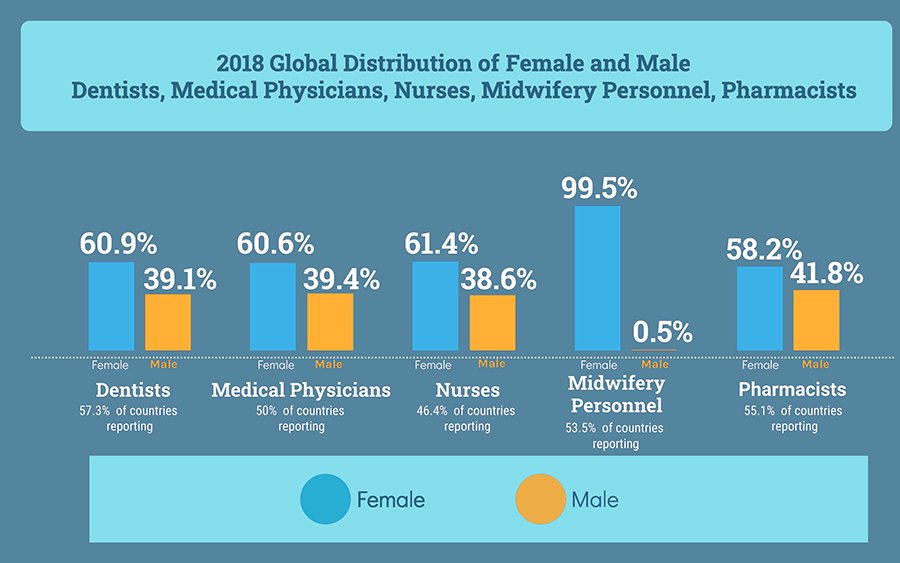Women make up a significant portion of the healthcare workforce, yet they remain underrepresented in leadership roles. From wage disparities to systemic biases, the path to leadership is often filled with obstacles. However, change is happening, and advancing equity in healthcare leadership is more critical than ever.
The Gender Gap in Healthcare Leadership
Despite women comprising 70% of the global healthcare workforce, they hold less than 30% of executive leadership positions. Structural barriers such as unconscious bias, lack of mentorship, and work-life balance challenges contribute to this disparity.

Key challenges include:
🔹 Pay Inequality – Women in medicine continue to earn less than their male counterparts, even when accounting for experience and specialty.
🔹 Lack of Representation – Few women reach executive and decision-making roles in healthcare institutions.
🔹 Workplace Bias – Gender stereotypes and leadership expectations often favor men, making career progression more difficult for women.
Why Equity in Leadership Matters
Advancing women in healthcare leadership isn’t just about fairness—it leads to better patient outcomes, improved workplace policies, and stronger innovation.

✔ Diverse Leadership Drives Better Decision-Making – Organizations with gender-diverse leadership are more effective in problem-solving and innovation.
✔ Role Models Inspire the Next Generation – Seeing more women in leadership encourages younger professionals to aspire for executive roles.
✔ Health Equity Improves – Women leaders bring different perspectives to policy and patient care, addressing gender-based healthcare disparities.
Strategies for Breaking Barriers
To create lasting change, healthcare institutions and professionals must take intentional steps to support women in leadership.

1. Strengthening Mentorship & Sponsorship
✔ Women need strong mentorship programs to gain career guidance and advocacy.
✔ Sponsorship from senior leaders can open doors to leadership opportunities.
2. Advocating for Equal Pay & Fair Policies
✔ Transparent salary structures and equal pay policies must be a priority.
✔ Flexible working arrangements help balance professional and personal responsibilities.
3. Challenging Bias & Redefining Leadership
✔ Organizations must actively address gender bias in hiring and promotions.
✔ Leadership training should emphasize inclusive and diverse leadership styles.
Final Thoughts: The Future of Women in Healthcare Leadership
While progress has been made, there is still work to be done. Advancing equity in healthcare leadership requires systemic changes, strong mentorship, and collective advocacy.


